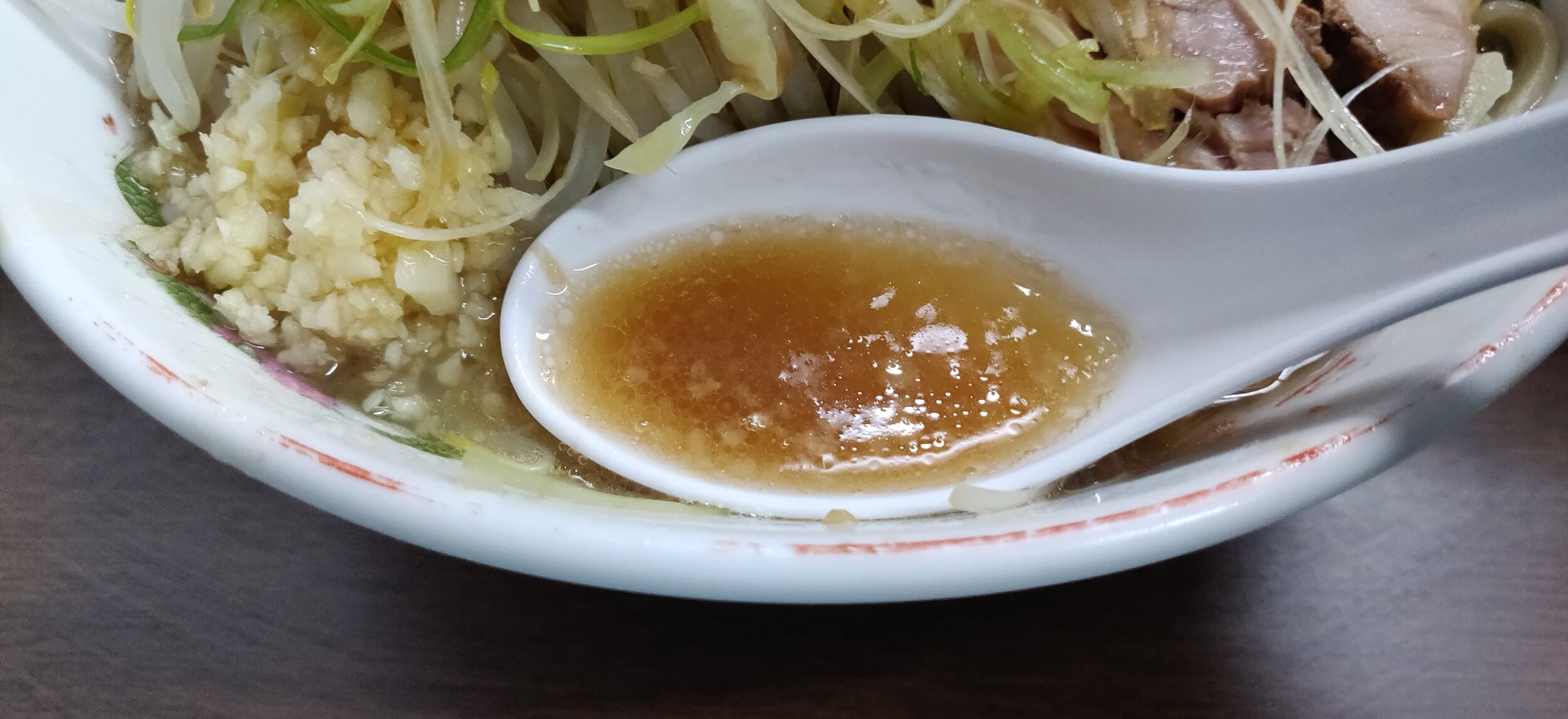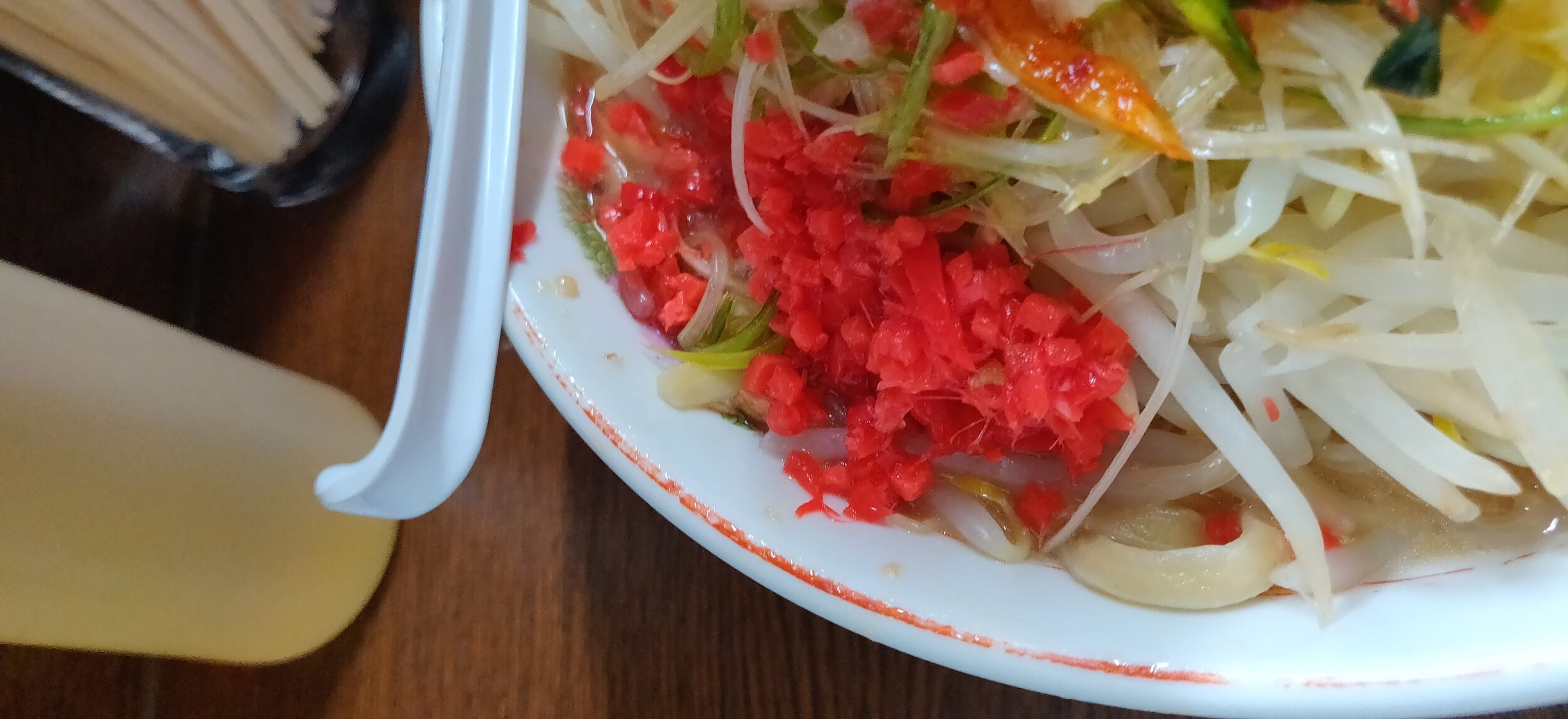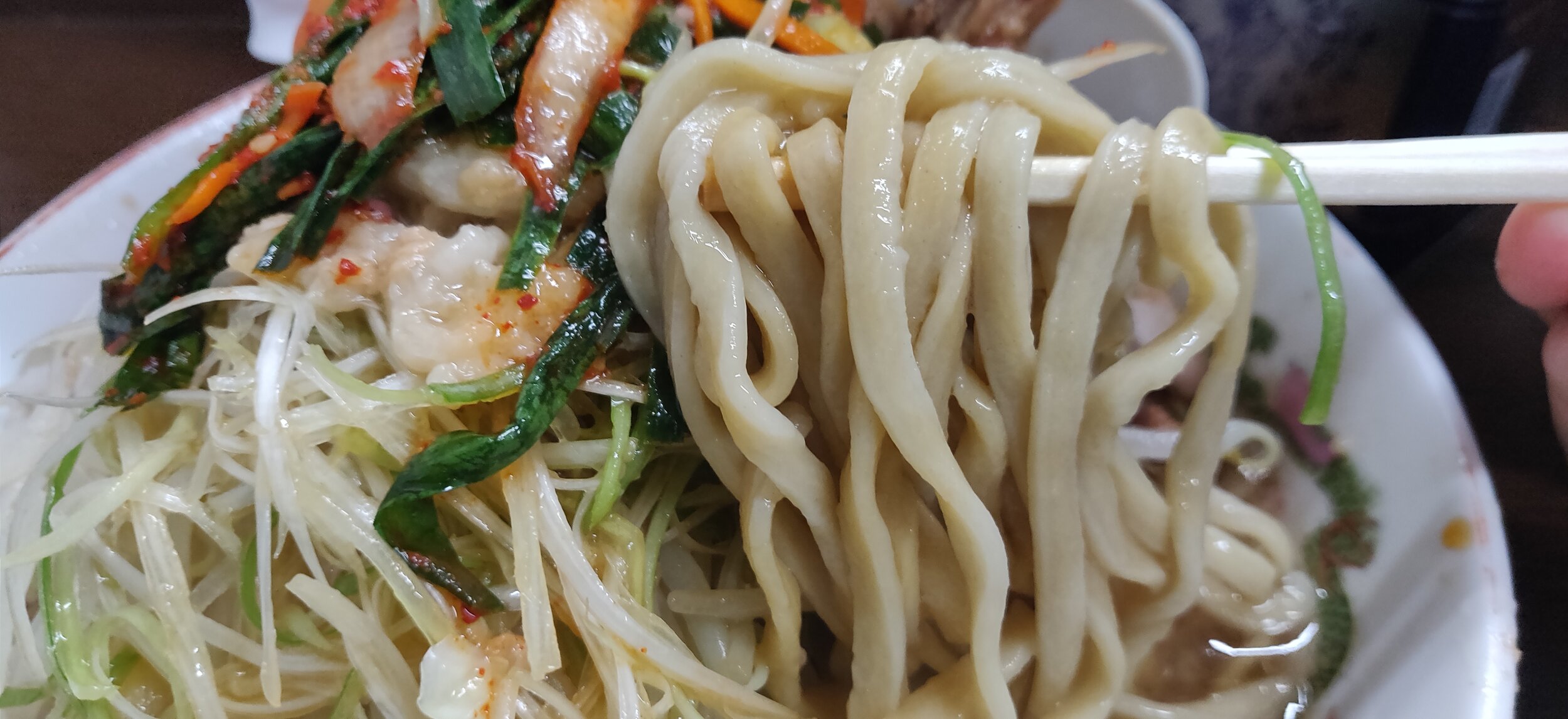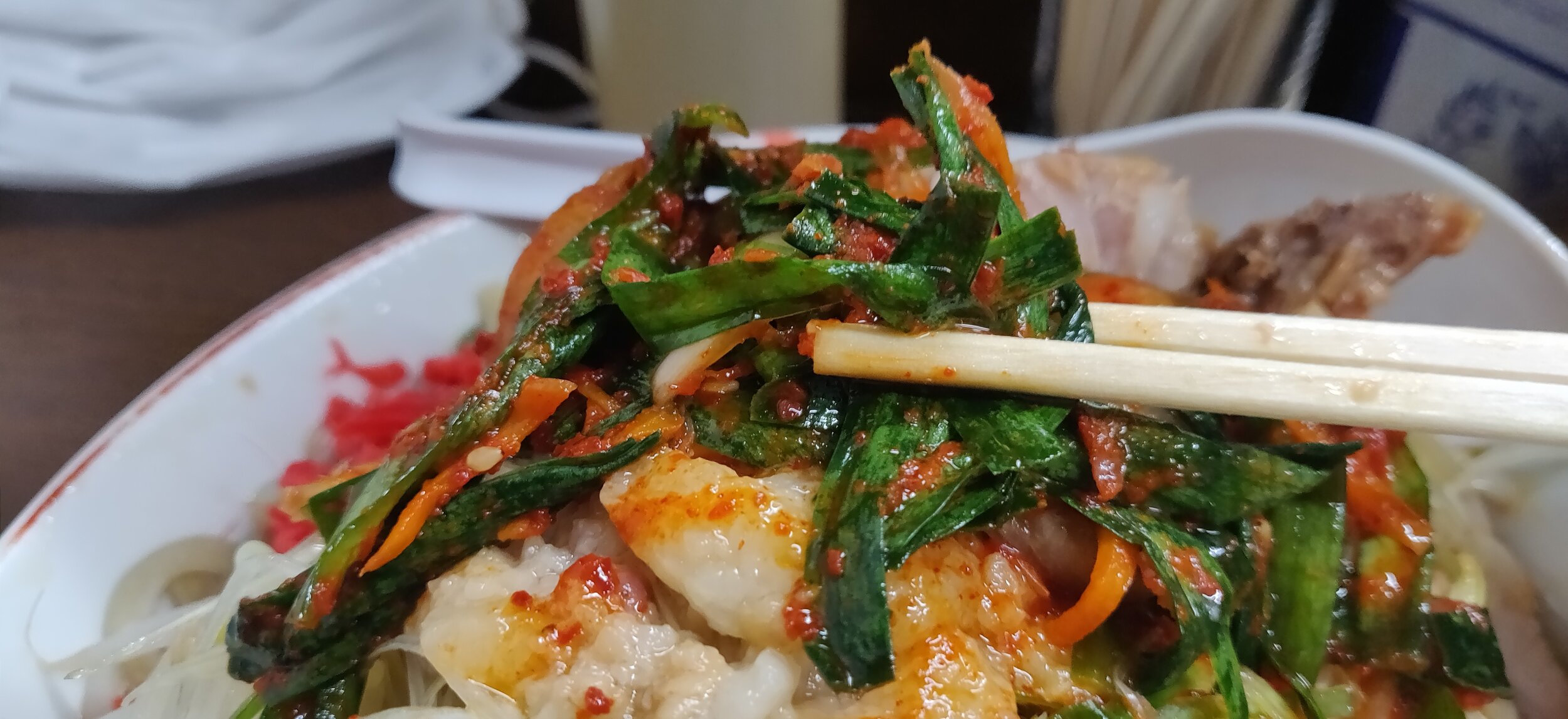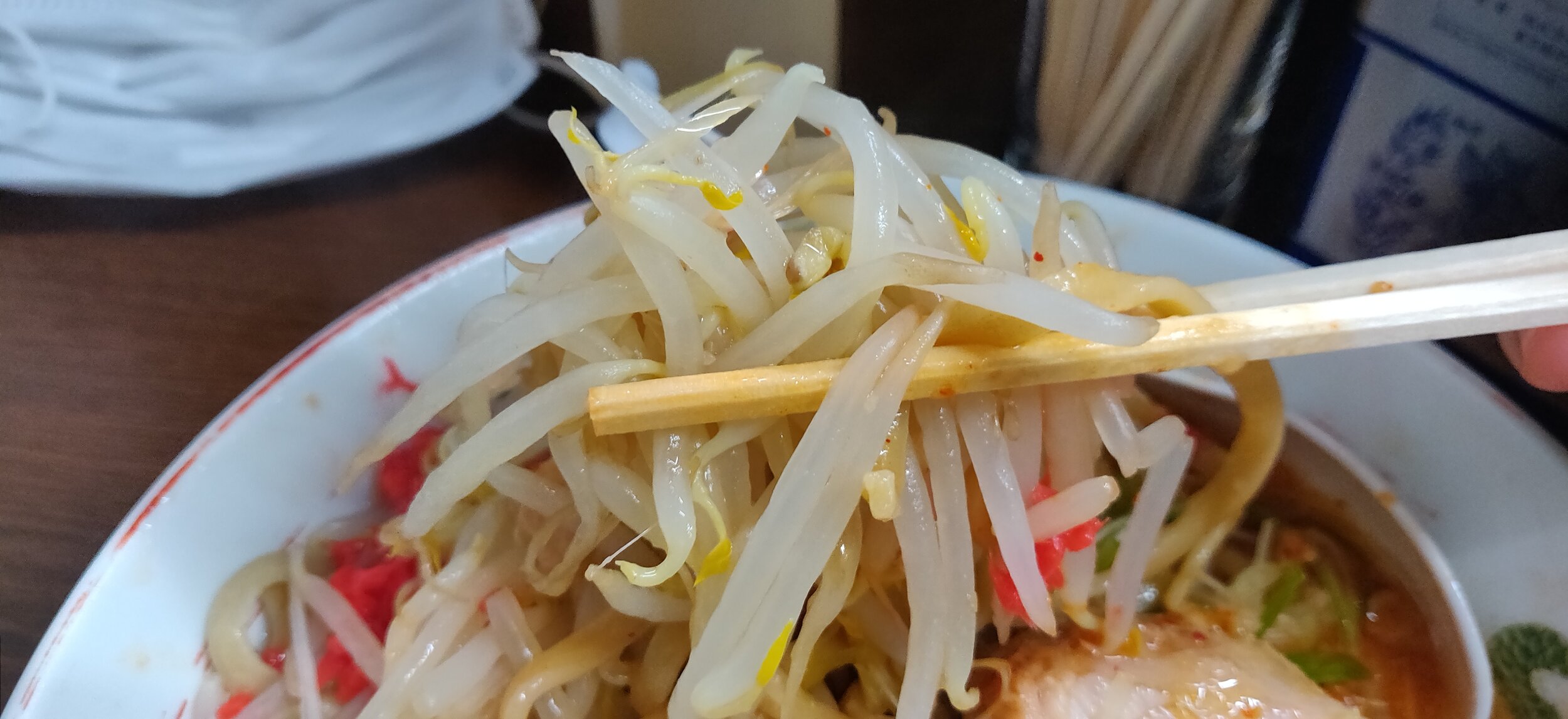Ramen Jiro Yokohama Kannai-ten (ラーメン二郎横浜関内店); Jiro Honcho of Kanagawa, Kannai
So some of you long time followers of this blog will know that I have been on a quest to eat at every single Ramen Jiro location currently in operation. I have knocked off 19 up to this point (majority of which I haven’t gotten around to writing review posts about), but scratching off this 20th shop was a bit of a special occasion for me so I had to make a post. The Yokohama Kannai Jiro is the last shop in Kanagawa prefecture that I needed to hit and is one that brings back a bit of nostalgic memories for me having dined here before as a young teenager with my uncle back in the day. As a “Ramen Collector”, I don’t include shops I’ve dined at before making my Instagram/blog since I like having photos to remember the bowls by, so glad I finally got to go back and try this shop again.
So a bit of history about this shop before I go ahead with the review. The Yokohama Kannai location opened in October, 2004 and I actually came here sometime in 2005 with my uncle. I can’t remember much about my first time, except that the line was incredibly long. Luckily, due to covid restricting tourism in Japan, and most reasonable Japanese people staying inside rather than dining out, the line was quite manageable. Probably about a twenty minute wait from the time I lined up to the moment I got my bowl. Anyways, for a shop to have the blessing of Yamada-san from Jiro Mita Honten, you must have trained there for a period of time. However, given how small the shop is, at times you’ll finish your training at one of the noren-wake locations. The owner of Yokohama Kannai trained for at the now closed Tsurumi location before opening here. Along the same lines, the shop owner of the Kawagoe and Sakuradai Eki-mae trained here at the Yokohama Kannai location before opening their respective shops. Therefore this location is one of the more popular shops so be prepared for long queues if you come on a normal, non-covid day. Also, special shout out to @ramen_beast and @thenoodleslurp for coming along for this bowl.
The shop is about a ten minute walk from Kannai station and has a line which hugs the street and around the corner when long enough. In order to keep customers from being in the way of other shops on the street, cones are set up to let you know where to stand. You’re not gonna be denied service if you stand in the wrong place (unlike a certain location in Sagami ono), but if you rather not be told off, just avoid the coned off section of the sidewalk. Menu is quite simple, but they do offer a Shirunashi, or no soup option. Both the regular ramen and shirunashi varieties are incredibly popular, but I went with the regular bowl this time around. I will be doing a round two of Jiros where I try the secondary menu item so I will be back for the shirunashi version. Anyways, the top row is the Sho Ramen (regular bowl) with two slices of pork char siu, Sho Buta with 5 slices of pork, and Sho Buta Double which comes with 8 slices. On the far right is the Kona-cheese or cheap grated Parmesan cheese topping. Second row is the Dai, or large noodle portion size, with the same corresponding pork slice amounts as the Sho. On the far right of this row is the Negi, or thinly sliced Japanese leek, topping. Finally, the last row is a marinated hard boiled egg, garlic chive kimchi, and the option to get the Shirunashi. You have to choose one of the ramen options and then hand the shirunashi ticket as well in order to get the no soup variety so don’t just get this 80 yen ticket and sit down. My order for the day was the regular Sho Ramen with the kimchi and negi as topping.
Call for the day was Ninniku, Abura, Karame, Beni. If you’re not familiar with the Ramen Jiro “call”, check out my previous Jiro reviews where I explain it in detail. Now that you’re familiar with the “call” you might notice that there’s an additional topping in the mix. Here at the Yokohama Kannai location, they also have a secret menu, Beni Shoga, or pickled ginger, free topping that you can order. Hearing about it online, I had to get it so I included it with my typical Ninniku, Abura, Karame. Staff here will keep track of your order while you’re in line, so more likely than not, your ramen will be ready as soon as you get to your seat, so have your topping options ready for when the master asks. Immediately after taking my seat and gave my call, my bowl was in front of me. I have to say, with the additional toppings of Negi and Kimchi, the bowl is one of the more aesthetically pleasing Jiros. I love the balancing act of the veggies, negi, and kimchi with the color varieties from the Beni and kimchi.
The soup itself is on the more emulsified side, but given what I read online, I may have come on an off day as it wasn’t as heavily emulsified as others have noted in their experience. Even so, this was without a doubt a top three Jiro location in my humble opinion. The soup is really rich and decadent, but doesn’t have the typical, funky pork bone aromas that a lot of Jiro tend to have. The taste is rather soothing which is rare and almost contradictory to what Jiro should be, but it works. Soy sauce tare is on the sweeter end so I think the mirin content is a little higher at this location, and of course the umami bomb from the MSG really hits it home in terms of straight satisfaction in your mouth. While you can taste the flavors of the seabura, pork back fat, it doesn’t linger around and weigh you down as you drink the soup. Again, don’t get me wrong, I still wasn’t drinking every last drop because in the end, it is a Jiro after all, but if I were to choose one shop I’d do it at, this is it. The Karame, or shoyu tare seasoning isn’t as impactful, but the balance of it all as it ties in to the broth made it memorable for me. As for the noodles, they were on the thinner end while also being more uniform than most shops. The aggressively thick and curly noodles did not make an appearance and honestly, with the structure of the soup, it wasn’t missed. I honestly would rather have this flat noodle since it paired wonderfully with this soup.
The Yasai, or veggies which are a varying ratio of bean sprouts and cabbage leaned heavy on the bean sprouts. I’d say it was an 80/20 split. However, with the extra negi topping, it was a nice ratio as I enjoyed having the texture variety of the three as it was presented in my bowl. Kimchi gave the soup some extra kick and paired incredibly well with the rolled pork char siu. Kimchi has some vinegary notes, as it is a pickled dish, and it did wonders to help cut through some of the fattiness of the pork. The soy sauce marinated char siu mixing with the spicy, sour notes of the kimchi was honestly perfection in my mouth and I can only wish more Jiro locations will put it on their menu. The only ones popular for it have been the Kanagawa ones, so it must be something in this prefecture that craves kimchi. Highlight for me however was the unique free topping of Beni Shoga. Seriously don’t understand why all the Jiro locations don’t have this as a topping choice. The vinegar residue from the ben perfectly balances out the heavy pork notes and oiliness from the pork fat of the soup. Paired with the noodles, it gives a subtle flavor change mid meal, that keeps your taste buds on its toes. Only downside for me was that the abura was a bit forgettable and plays a minor role in the entire dish. I quite like the way abura stands out in a bowl of Jiro so I was a bit bummed about that, but overall, I could not have imagined this location to be so good.
I honestly wasn’t expecting too much when I planned to come here. It was seriously just another Jiro to cross of my bucket list, but I am so glad I came. My vigor for completing the 41 Jiro locations has been restored and I can’t wait to see what the other 21 locations have in store for me. I don’t recommend trying all 41 like I am doing now, but I know a lot of you have become a bit of a Jirorian in the making. On your trip to Japan to try the Jiro spots, be sure to include this on your list. I swear, you won’t regret it.



